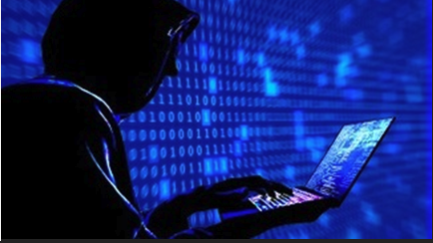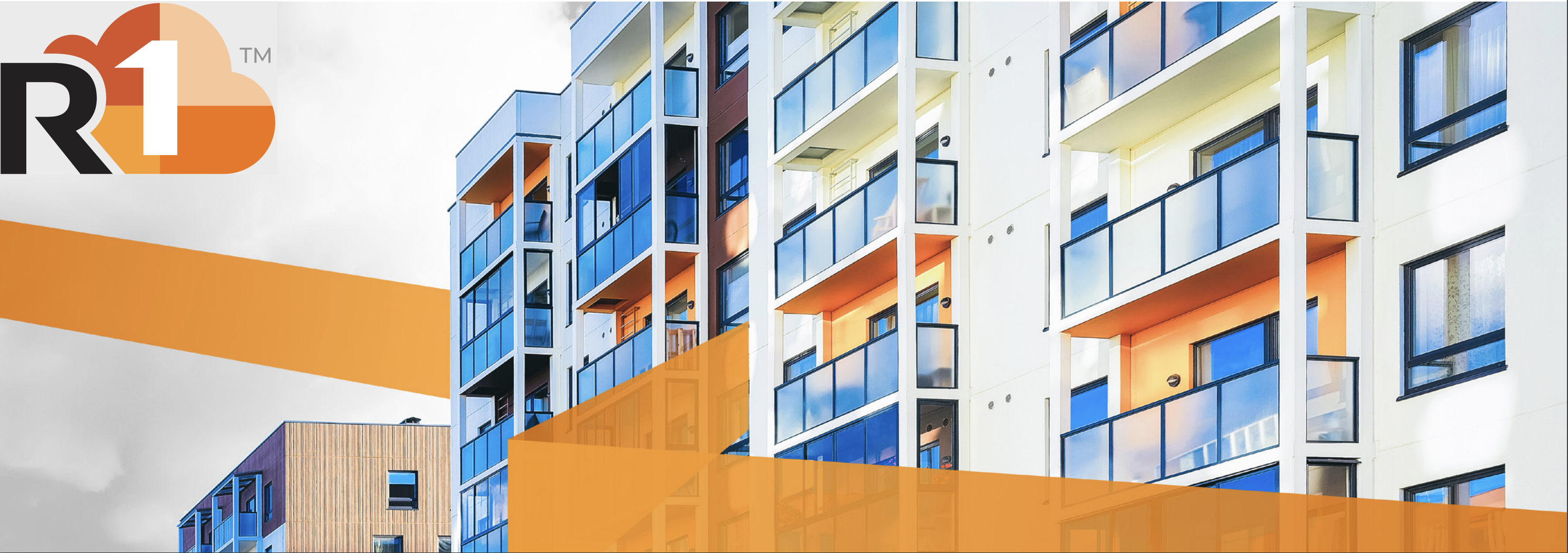Bem-vindo à RUCKUS Networks, parte do portfólio líder mundial de soluções de rede da CommScope. Saiba mais.
As a comprehensive framework for securing Europe's digital infrastructure, the directive establishes stringent requirements for essential and important services, fundamentally transforming how organizations must approach their security responsibilities. (European Union) EU member states must implement through legislation the enforcement of the NIS2 directive. But what does NIS2 mean for your network, and how can you ensure compliance with its requirements?
The EU NIS2 Directive is a comprehensive update to the original NIS Directive to improve critical infrastructure security. NIS2 addresses the limitations of its predecessor (NIS) by expanding scope, harmonizing incident reporting, and enforcing stricter penalties for non-compliance up to 2% of a company’s global annual revenue or €10 million.
What is NIS2 and what are its key features?
Targeting a wider range of organizations, NIS2 now applies to essential entities that support sectors like energy, healthcare, financial services, and important entities addressing sectors such as postal and courier services, manufacturing, and data center operations.
The objective is to mandate that public and private entities across these sectors adhere to a uniform standard of cybersecurity capabilities to mitigate potential threats that could disrupt key societal services, basic necessities, and functions or compromise sensitive data. Companies that supply or support these essential and important entities may also need to comply with NIS2 directives.
Overview of NIS2 Cybersecurity Requirements
NIS2 establishes a comprehensive framework for an overall level of cybersecurity, built around four core pillars: risk management, incident handling, business continuity, and information sharing. These pillars are supported by ten detailed categories, which can be distilled into the following key requirements:
- Risk Management and Cybersecurity Policies: Organizations must develop and maintain comprehensive cybersecurity risk management measures and frameworks incorporating regular risk assessments, threat modeling, and clearly documented security policies. These frameworks should adapt to emerging threats and evolving business needs.
- Incident Reporting and Response: Any cyber incident that could have a significant impact on services or compromise data must be reported within 24 hours as an “early warning,” emphasizing the urgency of a swift, well-coordinated response; this is just an example of required NIS2 incident response capacities in the evolving cybersecurity threat landscape.
- Business Continuity and Crisis Management: Entities plan for how they intend to ensure business continuity in case there is a major cyber incident and how they will recover quickly in the aftermath.
- Supply Chain Security: Acknowledging that suppliers are often a weak link, NIS2 mandates enhanced scrutiny of third-party security standards.
- Data Integrity and Confidentiality: Measures to protect data integrity and confidentiality are essential, aligning with data protection laws like GDPR to avoid unauthorized access or breaches.
NIS2 Directive and a Company’s Network Security
NIS2 mandates must be reflected in a company’s approach to network security. With expanded legal measures, the mandate that NIS2 be incorporated into EU member state national law, and the inclusion of more sectors, organizations who support essential or important business, or are themselves essential or important businesses, are now accountable for meeting a high common level of cybersecurity standards. This accountability should be reflected in cyber resilience throughout the network architecture and infrastructure.
Does the NIS2 Directive apply just to Information Systems and Cloud?
While network security measures are crucial to NIS2 compliance, the directive's scope extends far beyond information systems or cloud computing. It requires active engagement from C-level executives and board members who must oversee security governance, build organizational awareness, and ensure accountability. This includes strategic cooperation on incident response, security awareness and training, and facilitating cross-border information sharing across all organizational levels.
What are the Essential Controls for NIS2 Compliant Network Security?
With the broad focus of NIS2, the network is still a central focus and implementation area for cybersecurity controls, access control and management, incident identification and response, and many other security requirements that can help with a company’s NIS2 compliance. Specifically, NIS2 requires network security controls that focus on prevention, detection, cyber crisis management, and recovery. Here are some key controls that must be implemented across multiple network layers:
- Network Segmentation: Separating networks into distinct zones prevents attackers from moving laterally across systems, limiting the potential damage of a breach.
- Access Controls: Enforcing strong identity verification and role-based access to enforce that only authorized personnel can access sensitive areas of the network.
- Intrusion Detection and Prevention Systems (IDPS): These tools help monitor network traffic for unusual activity, intended to stop potential threats before they escalate.
- Security Audits and Vulnerability Assessments: Continuous security checks enable organizations to identify and address weak spots before they’re exploited.
- Endpoint Detection and Response: EDR solutions allow for real-time monitoring and faster detection of compromised devices within the network.
- Incident Response Planning and Training: A well-documented incident response plan, coupled with regular training, ensures that employees understand how to respond to an incident swiftly and effectively.
The Importance of Network Security
As organizations increasingly rely on complex digital infrastructures to manage sensitive data and essential operations, network security has become one of the cornerstones of effective information system security. Effective network security protects the confidentiality, integrity, and availability of data—a triad critical for maintaining trust with customers, partners, and regulatory bodies. Implementing the right controls and best practices, from granting and authenticating access and threat detection to documented and practiced incident response management, companies can use strong network security to reduce the threat landscape and the need to utilize incident response plans.
Network security breaches have real-world consequences, so a properly implemented and secure network architecture is fundamental. Network compromises can cause cascading effects, impacting not just the organization itself but also its customers, partners, and the broader industry. A secure network minimizes disruptions, shields critical data from unauthorized access, and provides a foundation for achieving compliance with NIS2 and other international standards.
Conclusion
NIS2 marks a significant transformation in European cybersecurity, introducing rigorous standards and embedding accountability throughout every level of organizational security infrastructure. For organizations, this means not just fulfilling compliance requirements but building a security-first culture that values and prioritizes robust network architecture and defenses. By implementing essential controls, companies can establish resilience and responsiveness, meeting NIS2’s requirements while protecting their networks from increasingly sophisticated cyber threats. Network security is not just a technical necessity but a business imperative, required for both operational continuity and sustained trust in doing business.
Get ahead with RUCKUS Networks!
Sign up for exclusive insights from RUCKUS Networks.
© 2025 CommScope, LLC. All rights reserved. CommScope and the CommScope logo are registered trademarks of CommScope and/or its affiliates in the U.S. and other countries. For additional trademark information, see https://www.commscope.com/trademarks. All product names, trademarks and registered trademarks are property of their respective owners.













